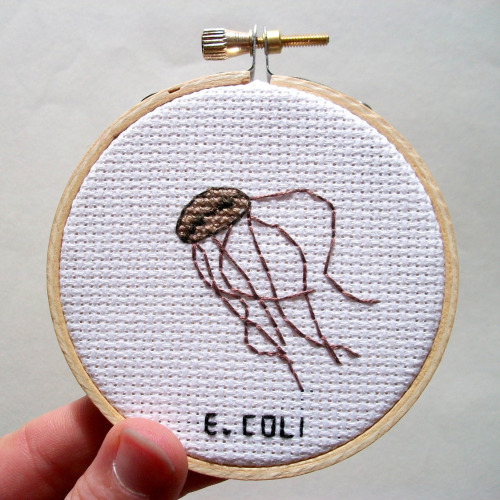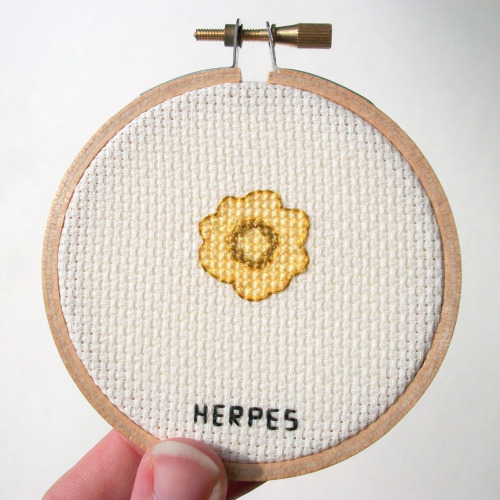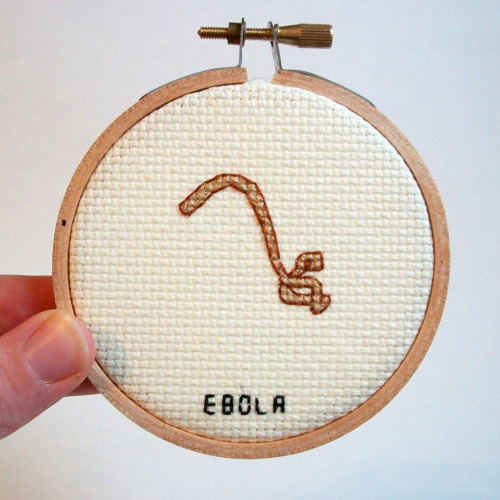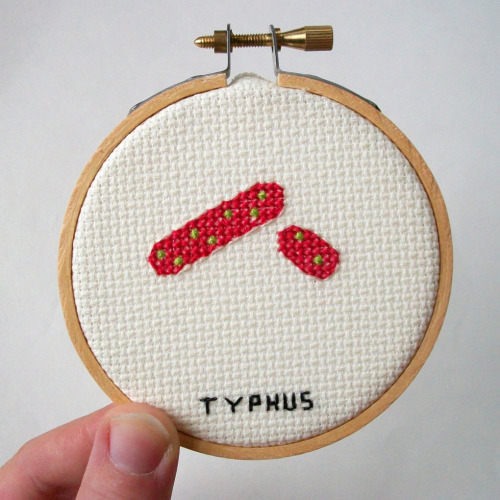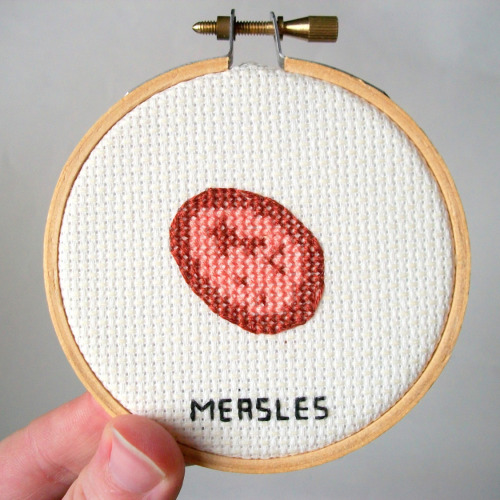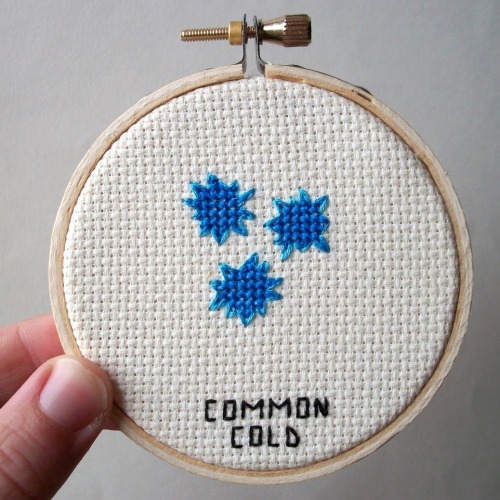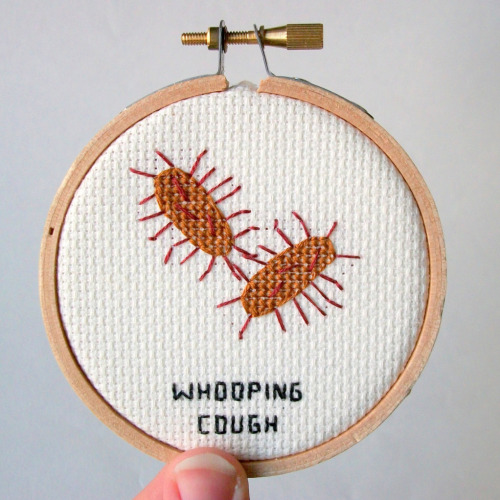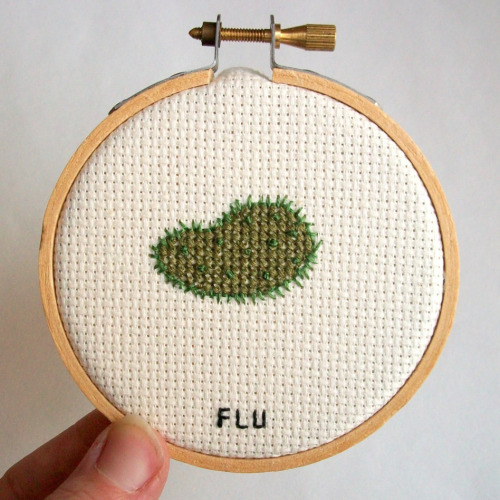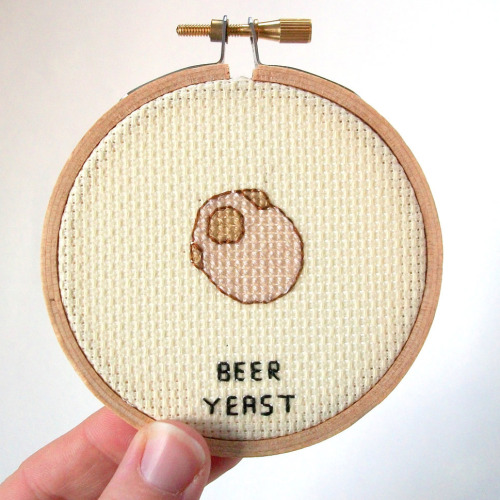whoiusedtobe:nevver:Cross-stitched MicrobesE. coli rarely form flagellae The flu virus is roun
whoiusedtobe: nevver: Cross-stitched Microbes E. coli rarely form flagellae The flu virus is round, not bean-shaped Yeast grow a single bud at a time Microbiology might be cute, but it’s cuter when you get it right. Hi! Thanks for your note. I’m the stitcher who patterns and stitches these microbes, most often with input and images sent to me by scientists, medical professionals, lab techs, or pretty much anyone interested in microbiology. I’m not a scientist myself, but I do base my patterns on the microscopic images that are available to me, and I rely on experts to point out inaccuracies…while also trying to make sure that the microbes I stitch are unique and different enough from each other to be both recognizable and artistically interesting. (And sure, cute.)Sometimes that means stitching the slightly more rare versions of microbes, I guess. So I’m not too worried about E. Coli rarely growing flagellae – particularly since I also stitch an E. Coli FTSZ-ring cross stitch, here: https://www.etsy.com/listing/113037127/e-coli-ftsz-ring-microbe-germ-cross…which was commissioned by a customer whose father spent 20+ years studying E. Coli. She also gave him the one you see in this photoset as a gift.Here’s the image I used for the original E. Coli: http://a.tgcdn.net/images/products/additional/carousel/bacteria-ecoli.jpgThis was the flu image I used to pattern and stitch the influenza virus you’re seeing here (also where the bird flu pattern came from): http://textbookofbacteriology.net/themicrobialworld/Influenza.htmlHere’s the image I based the beer yeast on: http://blog.oregonlive.com/thebeerhere/2008/09/large_yeast.jpgI freely admit that I picked the microbe from each photo that was most visually interesting and unique to my unscientific, crafter’s eye. If it helps, you might think of my work as less an indicator of the typical appearance of the average microbe for its type and more an artistic interpretation of some of the smaller ends of the bell curves of “what things really look like.” Just as you wouldn’t expect a painter to only paint the platonic ideal of a tree and complain if there were too many branches on the one she chose to paint instead, I’m not sure it’s fair to expect me to hold myself to a higher standard of normalcy than nature appears to.These are more a set of thoughts on feminism, craft, science, germs, microscopic life and modern society, than they are a science textbook.But if my interpretations of the images I’m sharing here are flawed, I welcome correction. -- source link
#whoiusedtobe#alicia watkins#microbes#cross stitch#science
